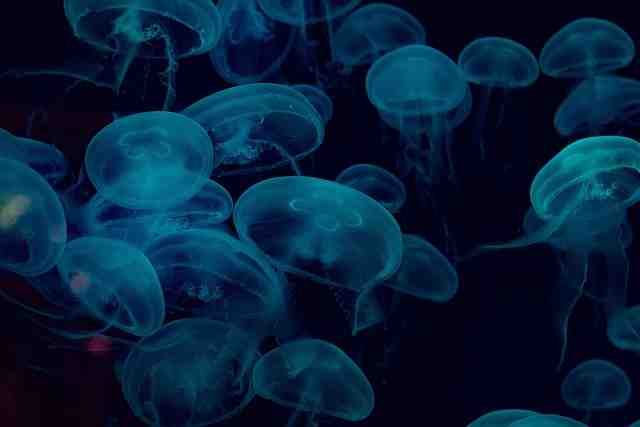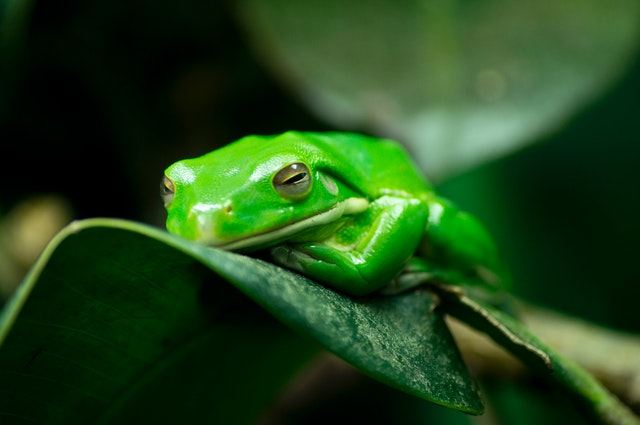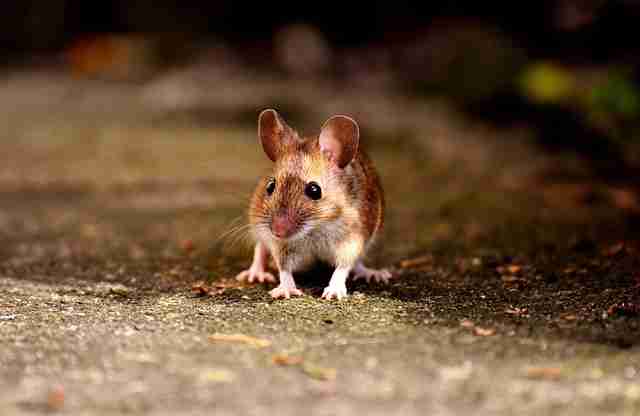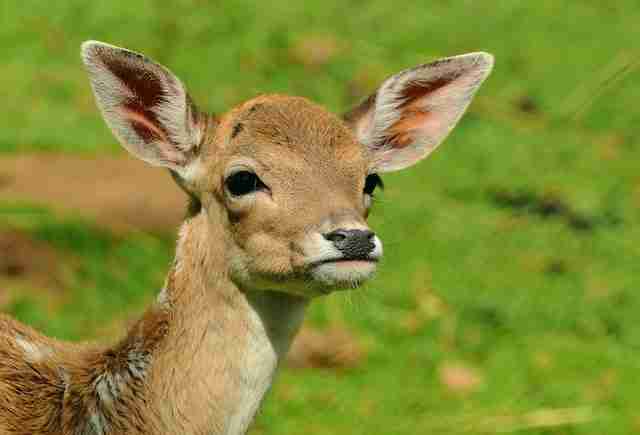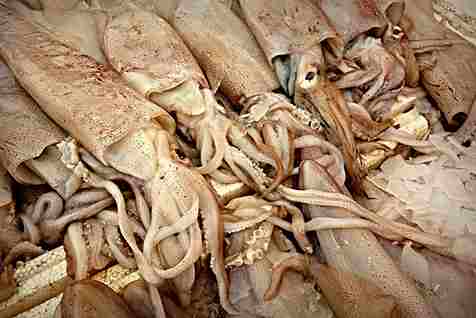What Do Oysters Eat? (7 Facts You Need To Know)
Like fish, many people consume oysters because of their rich taste and flavor. But what about them? What do they eat to grow and survive?
Oysters are filter feeders, so they essentially feed on tiny particles suspended in the water. To do this, they pump water through the cilia (tiny hair-like structures in their gills). The cilia then trap algae, plankton, and other organic matter from the water.
In this write-up, I’m going to be answering some important questions about an oyster’s diet, particularly what they eat in various habitats.
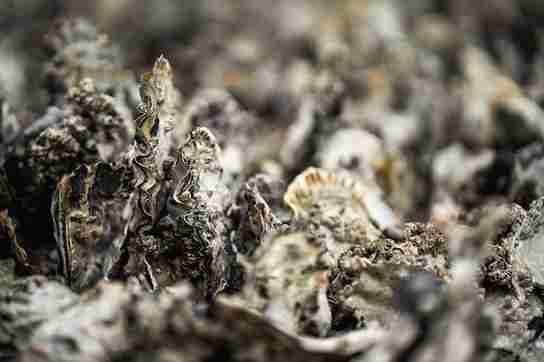
How do oysters eat?
Oysters feed through a process known as filter feeding. They filter out nutrients or plankton suspended in the water. These nutrients are trapped as huge amounts of water pass through their gills.
For this reason, oysters are also regarded as “filter feeders”.
Filter feeders belong to a group of suspension-feeding animals and typically have a specialized filtering structure that strains suspended matter. Besides oysters, other animals in this group include krill, clams, some sharks, sponges, and more. Some birds also belong to this category. Examples are flamingos and some duck species.
It will interest you to know that one oyster can filter up to 50 gallons of water in a single day. Now, that’s a lot! This is why oysters play an important role in improving the quality of water. They help to clarify the water by removing excess nutrients. They are often regarded as “indicator organisms” because of the important role they play in bioaccumulation.
What do oysters eat to grow?
Well, humans eat to grow and develop, oysters are no different.
An oyster’s diet consists of both organic and inorganic matter. The organic matter is mainly microorganisms such as algae, zooplankton, and phytoplankton while the inorganic matter is minerals such as calcium carbonate. These minerals and organisms supply the necessary nutrients required by the oyster to grow.
It’s not only algae and plankton oysters consume, they also feed on detritus and other small microbes such as bacteria.
The age and size of an oyster, food availability, and the temperature of the water all influence the exact composition of their diet.
Notwithstanding, irrespective of what their diet consists of, oysters need a steady supply of food and nutrients to grow and maintain their health. Also, their diet is pretty much the same whether they’re in the sea, wild, or on the farm.
Some Specific Foods Oysters Eat
Besides organic and inorganic matter, there are other things you may find on an oyster’s menu. Let’s see which food they eat and don’t eat.
Do Oysters Eat Fish?
Oysters do not typically eat fish, as their diet mainly consists of microscopic organisms. However, they may consume fish eggs or larvae if they happen to be present in the water.
Do Oysters Eat Crabs?
Oysters do not eat crabs or other large crustaceans. Their primary food source is plankton, which consists of much smaller organisms.
Do Oysters Eat Shrimp?
Oysters do not typically eat shrimp or other larger invertebrates as some people assume. Their diet mainly consists of plankton and other microscopic organisms. However, they might accidentally ingest small shrimp larvae that happen to be in the water.
Do Oysters Eat Squid?
Oysters do not eat squid, as their diet consists mainly of microscopic plankton. Squids are much larger than the food particles oysters typically consume.
Do Oysters Eat Seaweed?
Oysters do not consume seaweed directly. However, they may ingest small particles of decomposed seaweed or other organic matter as part of their filter-feeding process.
Do Oysters Eat Poop?
Oysters do not specifically seek out fecal matter as a food source. However, they may inadvertently filter and consume small particles of decomposed organic matter, including feces, as part of their feeding process. This is because they are not selective filter feeders and will consume various particles suspended in the water.
Do Oysters Eat Red Tide?
Oysters can absorb the microscopic algae responsible for red tides, such as Karenia Brevis. However, consuming these algae can make oysters toxic to humans. This is because Karenia Brevis often produce brevetoxins which are harmful to the fish and other marine life.
Do Oysters Eat Rats?
Oysters do not eat rats. Rats are much larger than oysters or the food particles they consume. Perhaps, they are not found in the aquatic environments where oysters live.
Are Oysters Bottom Feeders?
Oysters are considered filter feeders rather than bottom feeders. While they do live on or near the ocean floor, they obtain their food by filtering water through their gills, capturing plankton and other microscopic particles suspended in the water column.
This activity is important in maintaining the safety of their environment. They clean the water by consuming excess nutrients and particles, helping to improve water clarity and promote the growth of underwater vegetation, which benefits the entire ecosystem.
Having said that, it is not uncommon to hear oysters being referred to as bottom feeders or detritivores.
In Conclusion: What Do Oysters Eat?
Oysters typically feed on phytoplankton, zooplankton, and tiny bits of algae suspended in water. While they lack brains and eyes, they have a feeding system that is pretty efficient. They basically rely on the water flow to get food.
When the water enters their body, it passes through the gills, which are covered in cilia, tiny hair-like structures. The cilia move in coordinated waves, creating a current that draws water and food particles toward the oyster’s mouth. The particles are then trapped in mucus, which the oyster swallows, allowing it to digest and absorb nutrients.
